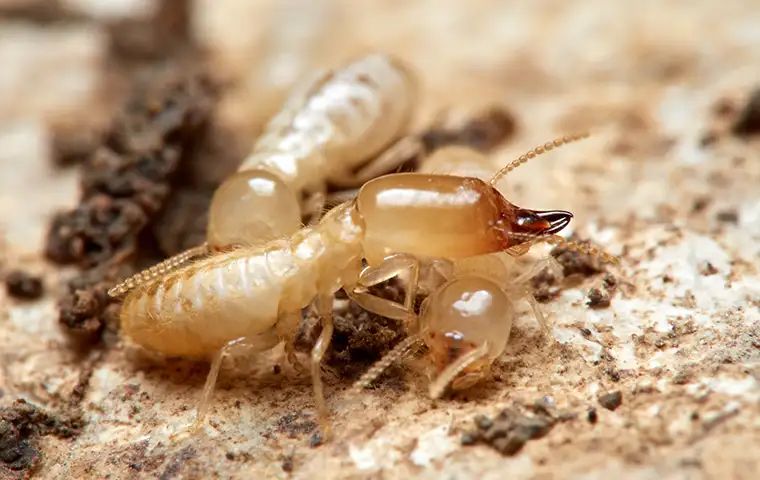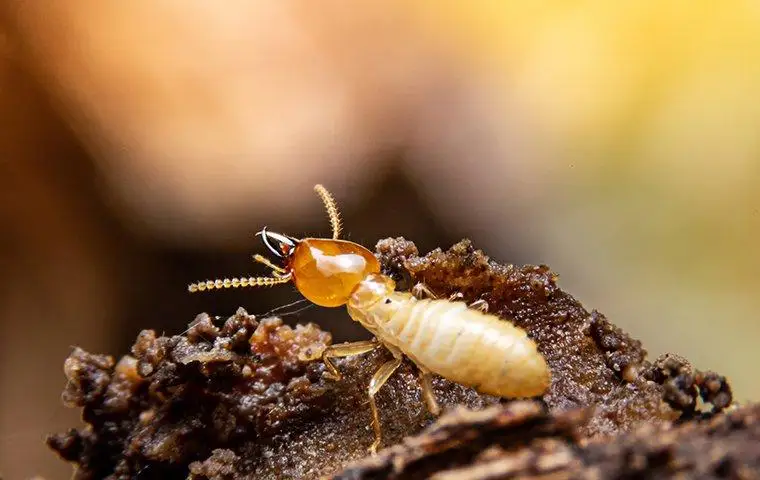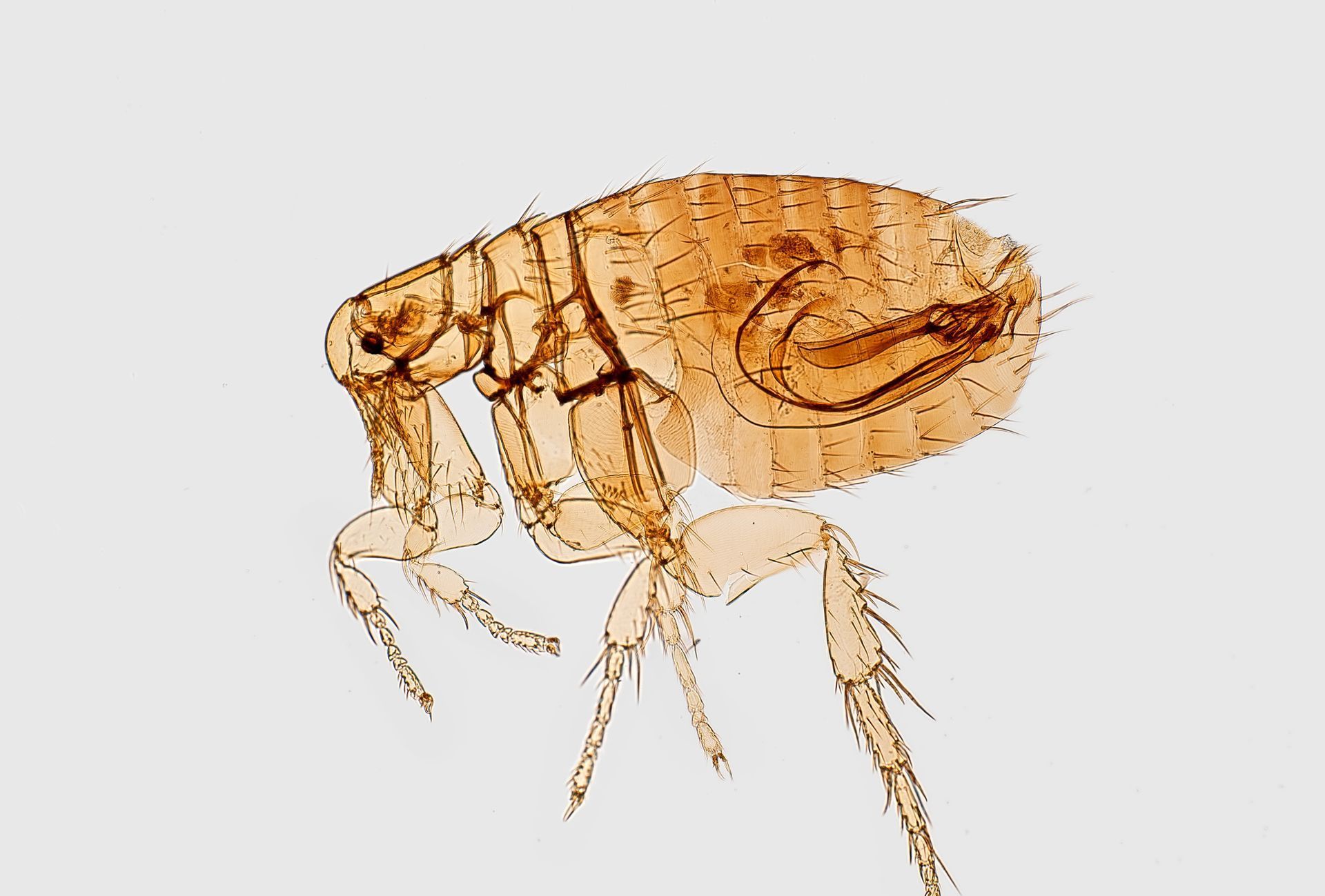Types of Spiders
A Web of Wonders: Exploring Different Types of Spiders
Introduction:
Spiders, with their intricate webs and fascinating behaviors, are among the most diverse and misunderstood creatures in the arachnid world. From the common household spider to exotic species in remote corners of the globe, spiders play a crucial role in ecosystems and offer a captivating glimpse into the diversity of life on Earth. Let's embark on a journey to explore some of the different types of spiders that inhabit our planet.
1. Orb Weavers (Araneidae):
Orb weavers are perhaps the most recognizable spiders, known for their intricate, wheel-shaped webs. These spiders are skilled architects, creating elaborate structures to catch flying insects. Colors and patterns vary among species, with some sporting vibrant hues that add an artistic touch to gardens.
2. Jumping Spiders (Salticidae):
Jumping spiders are agile hunters known for their exceptional eyesight and the ability to leap great distances. Despite their small size, these spiders are fearless predators, stalking and pouncing on their prey with precision. Many jumping spiders exhibit colorful patterns and intricate mating displays.
3. Wolf Spiders (Lycosidae):
Named for their hunting prowess and nocturnal habits, wolf spiders are robust and agile ground-dwellers. They do not build webs to catch prey but actively hunt and pounce on insects. Female wolf spiders carry their eggs in silk sacs attached to their abdomens, providing protection until the spiderlings hatch.
4. Tarantulas (Theraphosidae):
Tarantulas are large, hairy spiders that evoke a mix of fascination and fear. Found in diverse habitats worldwide, tarantulas are burrowers or tree-dwellers. Despite their formidable appearance, most tarantulas are docile and pose little threat to humans. Some species are popular as pets in the exotic pet trade.
5. Crab Spiders (Thomisidae):
Crab spiders are named for their crab-like appearance and unique way of holding their front legs sideways. These spiders are ambush predators, patiently waiting on flowers for unsuspecting insects. Their ability to change color to match their surroundings makes them effective hunters.
6. Black Widow Spiders (Latrodectus):
The notorious black widow is recognized by its glossy black color and distinctive red hourglass-shaped mark on the abdomen. Black widows are venomous, and while their bites are rarely fatal to humans, they can cause severe reactions. Female black widows are known for consuming their mates after mating.
7. Daddy Longlegs (Pholcidae):
Daddy longlegs, or cellar spiders, are characterized by their long, delicate legs and small bodies. Despite common myths, daddy longlegs are not venomous to humans. These spiders are adept at catching prey in their webs and are often found in dark, sheltered areas.
Conclusion:
Spiders come in a dazzling array of shapes, sizes, and behaviors, each adapted to its unique ecological niche. While some may evoke fear or fascination, spiders play essential roles in maintaining balance within ecosystems by controlling insect populations. Understanding and appreciating the diversity of spiders contribute to a deeper appreciation for the intricate web of life that surrounds us. So, the next time you encounter a spider, take a moment to marvel at the wonders of this diverse and remarkable arachnid world.
Pestcopro.com











Share On: